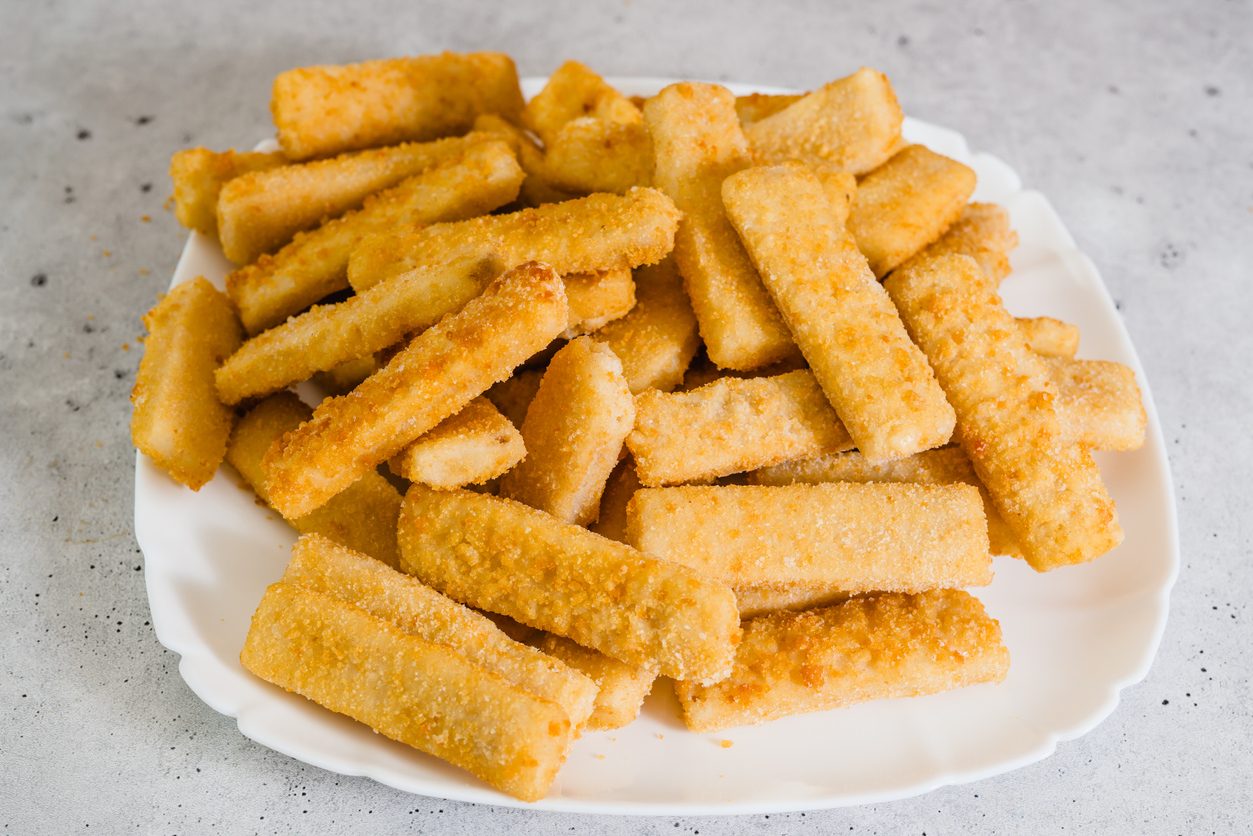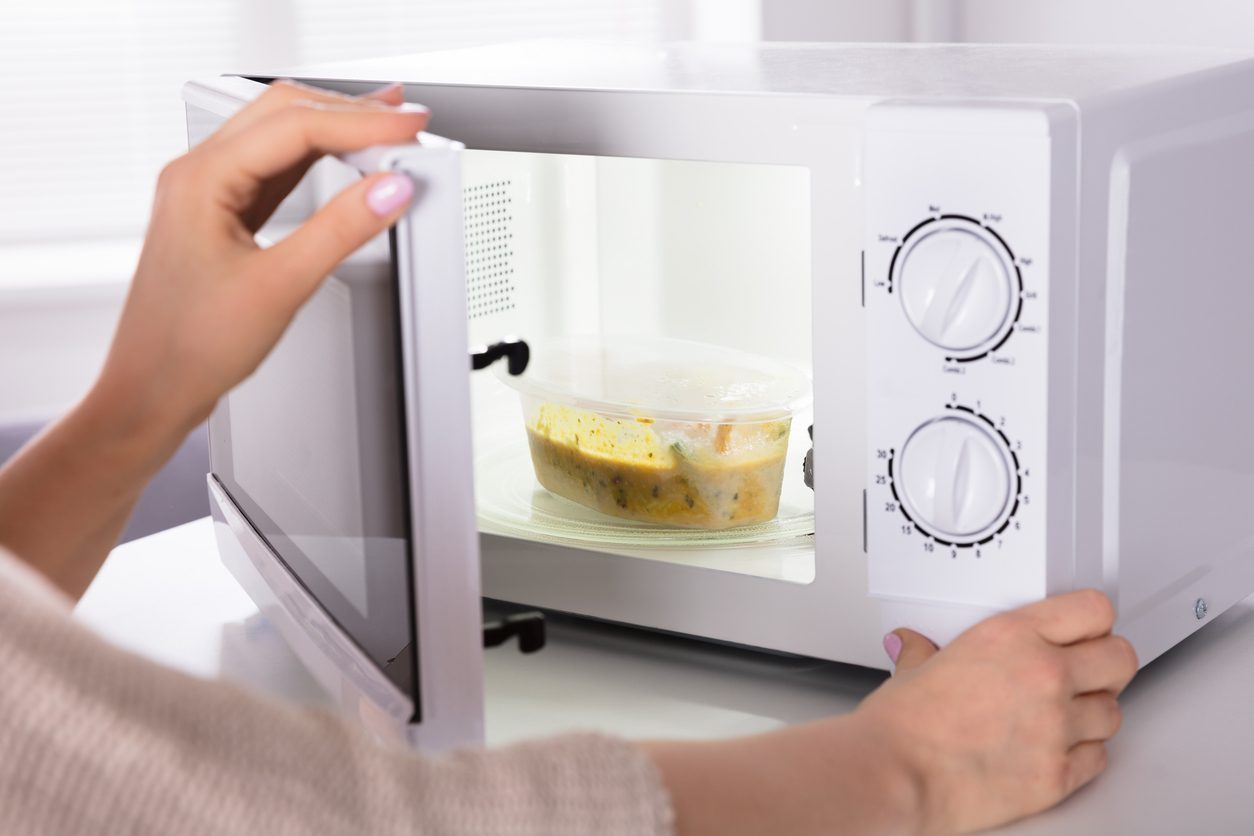Here’s Why You Should Never Use Salt and Pepper Shakers When You’re At a Restaurant
Salt and pepper shakers may seem harmless, but they’re often the dirtiest objects in a restaurant. Rarely cleaned and handled by countless people, they can harbor bacteria, allergens, and even mold. Worse, they’re often just refilled, not replaced. Before you reach for that extra seasoning, consider what else you might be sprinkling onto your plate—it’s not just salt you should be worried about.

You sit down at your favorite restaurant, scan the menu, and wait for your meal to arrive. When it does, you instinctively reach for the salt and pepper shakers to give your dish that perfect finishing touch. But here’s a little seasoning for thought: those innocent-looking condiments might just be the filthiest things on your table. From bacteria to cross-contamination, there are plenty of reasons to keep your hands off and let your food speak for itself.
Bacteria Breeding Grounds
If you thought bathroom door handles were the dirtiest surfaces in a restaurant, you might want to reconsider. Studies have found that salt and pepper shakers can harbor a stunning variety of bacteria, including E. coli and Staphylococcus. Why? Because they rarely, if ever, get cleaned. Unlike tables and menus, which at least get a cursory wipe-down, shakers often sit on tables for weeks—sometimes months—collecting germs from every person who dines before you.
Who’s Really Handling Them?
Think about how many hands have touched those shakers before you. Customers who just sneezed. Kids with sticky fingers. Someone fresh from the restroom who—let’s be honest—may not have washed their hands as well as they should have. Then there’s the staff. While most restaurants have strict sanitation protocols, deep-cleaning salt and pepper shakers is rarely a priority. The result? A community petri dish sitting right next to your plate.

The Unseen Risks of Cross-Contamination
Beyond just bacteria, there’s another issue: cross-contamination. If someone at the table before you had food allergies, they could have transferred trace amounts of allergens onto the shaker. The same goes for people handling raw food in the kitchen and then refilling the salt and pepper without washing their hands. It’s an invisible risk that most diners never consider.
Refilled, Not Replaced
Another dirty little secret: most restaurants don’t replace the salt and pepper when the shakers get low. Instead, they just top them off—often without cleaning the containers themselves. This means the seasoning inside might be months (or even years) old. And if the refilling process isn’t done carefully, there’s always the chance that moisture or unclean utensils introduced bacteria directly into the spice mix.
The Moisture Factor: Mold and Clumping
Speaking of moisture, ever notice how salt sometimes clumps in the shaker? That’s because humidity from hands, steam from nearby hot dishes, or even just the natural air in the restaurant creates the perfect conditions for mold and bacterial growth inside the container. So while you might think you’re just adding a little extra flavor, you could also be sprinkling in something far less appetizing.

Are You Really Tasting the Food?
Beyond hygiene concerns, there’s another reason to rethink your salt-and-pepper habit: over-seasoning. Many chefs carefully balance flavors before a dish reaches your table. Immediately reaching for the shaker without tasting the food first can actually ruin what was already a well-crafted meal. Instead of masking flavors, take a bite as is—you might find it doesn’t need any extra seasoning at all.
Safer Seasoning Alternatives
If you really can’t do without a little extra flavor, there are safer ways to season your meal. Ask your server for individual salt and pepper packets, which are at least untouched by multiple hands. Some restaurants will even bring out fresh shakers upon request. And if you’re particularly cautious, consider carrying a small travel-sized salt shaker in your bag—strange, maybe, but at least you’ll know where it’s been.
;Resize,width=767;)
;Resize,width=712;)
;Resize,width=712;)

